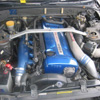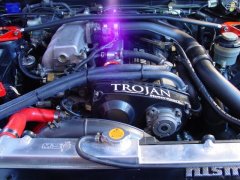What Is Your Vacume Of Your Rb25Det?
Announcements
-
Similar Content
-
Latest Posts
-
By DraftySquash · Posted
Thanks @joshuaho96 Yeah planning to buy it from these guys. I sent them an email to confirm it was genuine and not refurbished and they confirmed 🤷🏽♂️ https://partsouq.com/en/search/all?q=22448AA100 -
By DraftySquash · Posted
hahahaa @Duncan yeah that was one of the reasons I posted the link from UAE (Partsouq) I realised I'd need to sell a kidney to buy OEM but Partsouq was ~50 USD and it was quite surprising. And I was reading the full thread in here about OEM vs Splitfire vs other brands.. I honestly just want them changed to new for peace of mind. My current ones apparently have cable ties to stop it from breaking into pieces 🤣 Not done by me.....professional JDM hack done to the car from the owner in Japan lol -
By joshuaho96 · Posted
It is correct: https://www.amayama.com/en/genuine-catalogs/epc/nissan-japan/skyline/er34/6617-rb25det/engine/220 Looks like you can get one for 50 USD each from the UAE which is a pretty good price IMO. -
I should add....once you see the price you will want to go aftermarket splitfires, or even more extreme there are R35/Yaris/Audi etc kits available (require adapters, different looms etc)
-
You can check the correct part by putting your vin in at https://www.amayama.com/en/genuine-catalogs/nissan, or post the vin here if you aren't clear on how that works
-






Recommended Posts
Create an account or sign in to comment
You need to be a member in order to leave a comment
Create an account
Sign up for a new account in our community. It's easy!
Register a new accountSign in
Already have an account? Sign in here.
Sign In Now